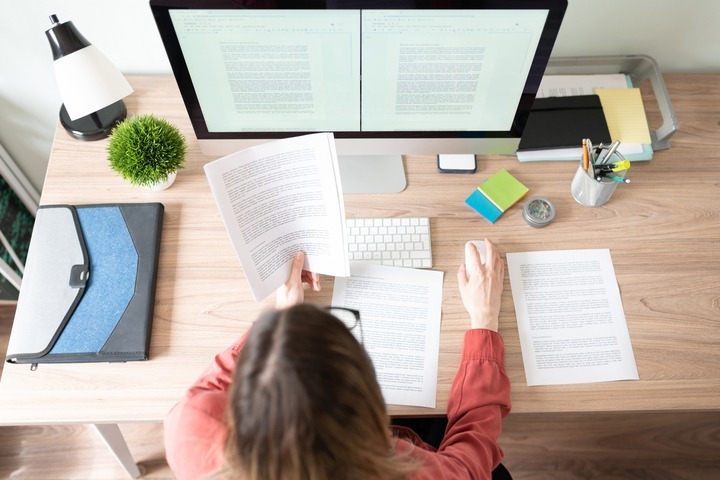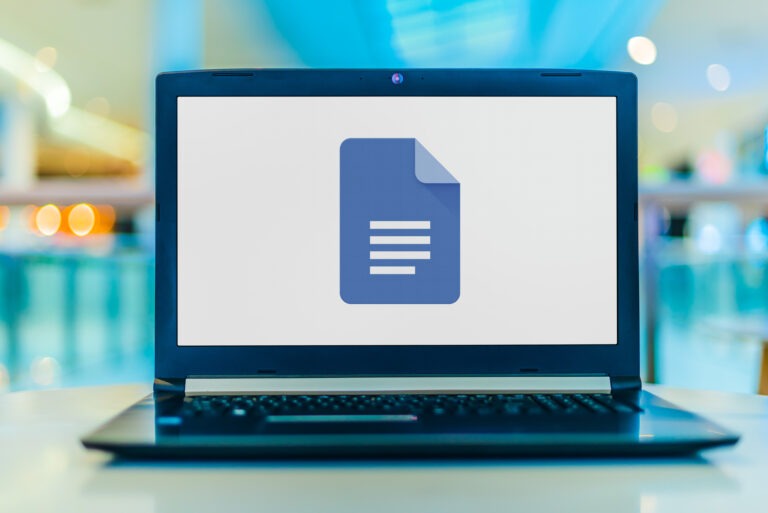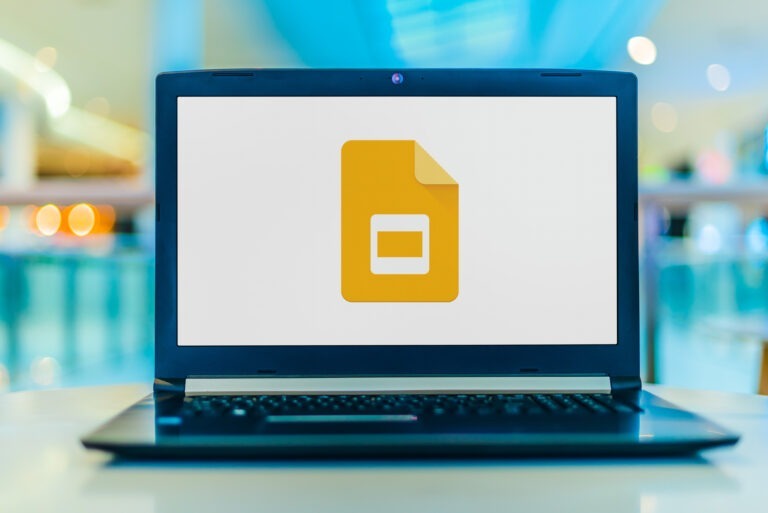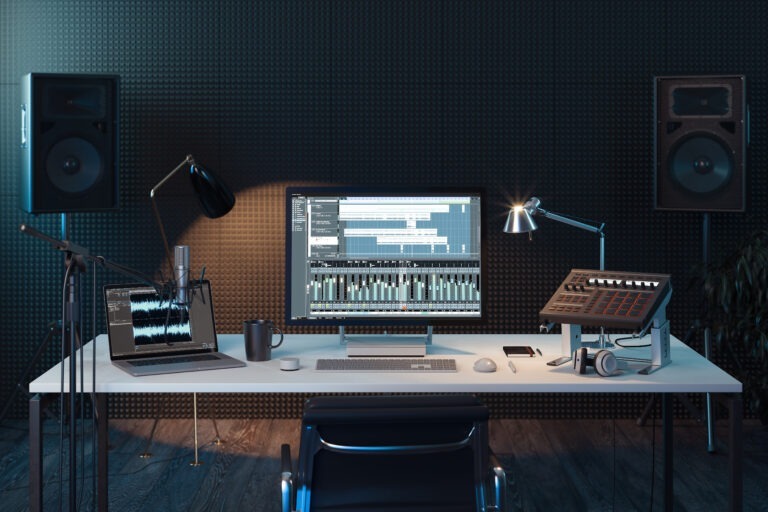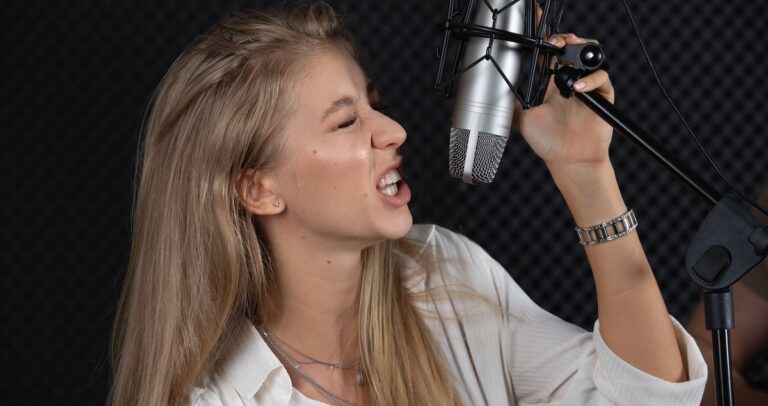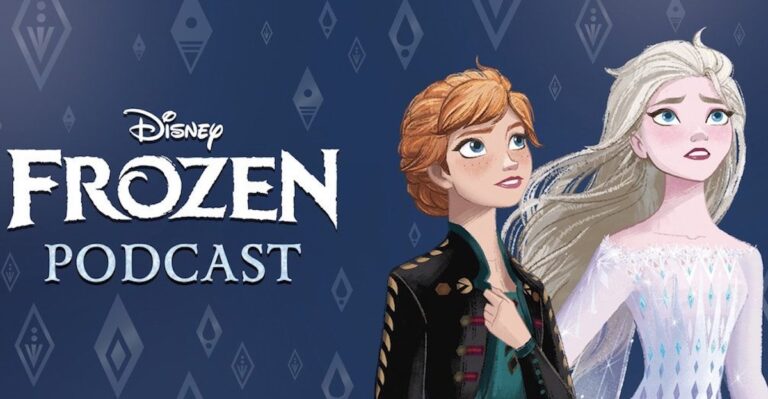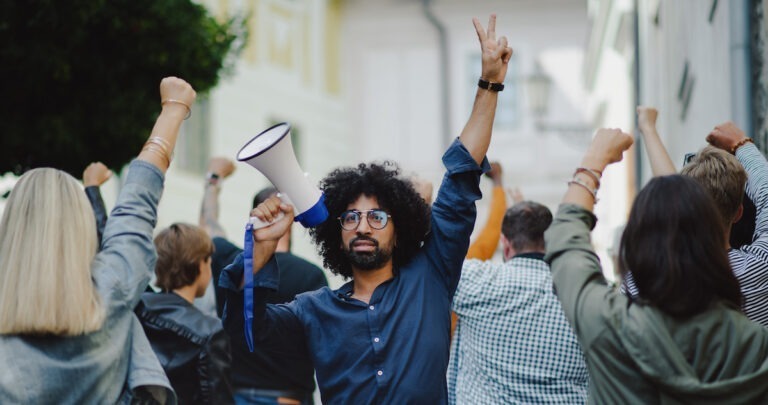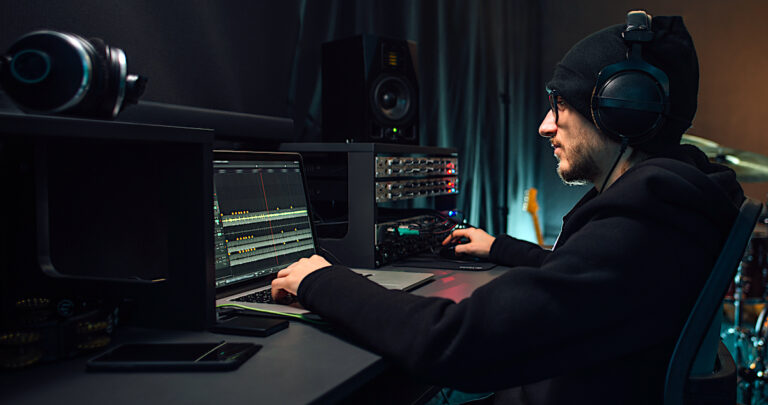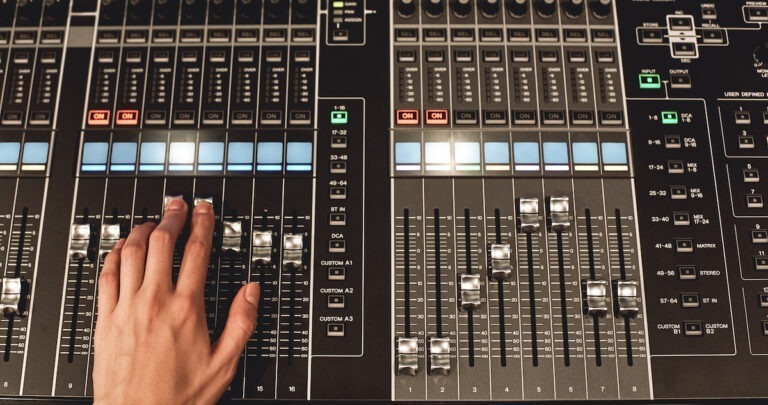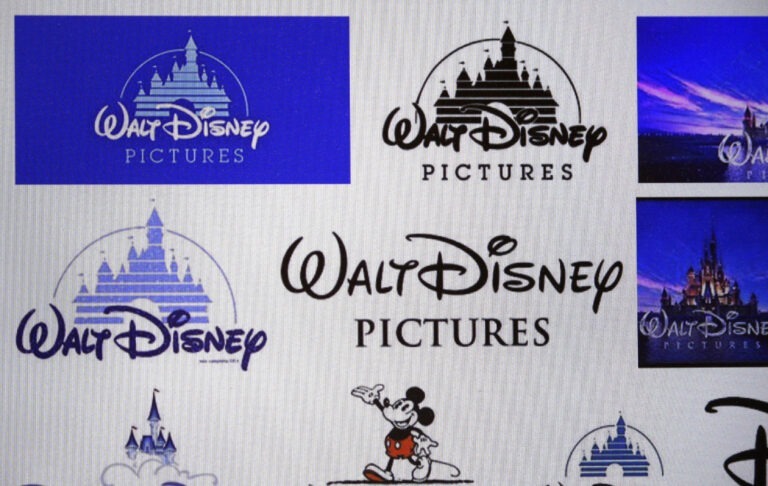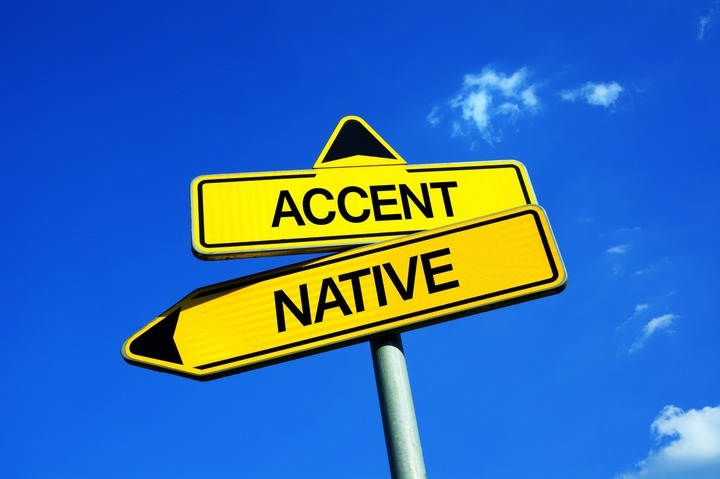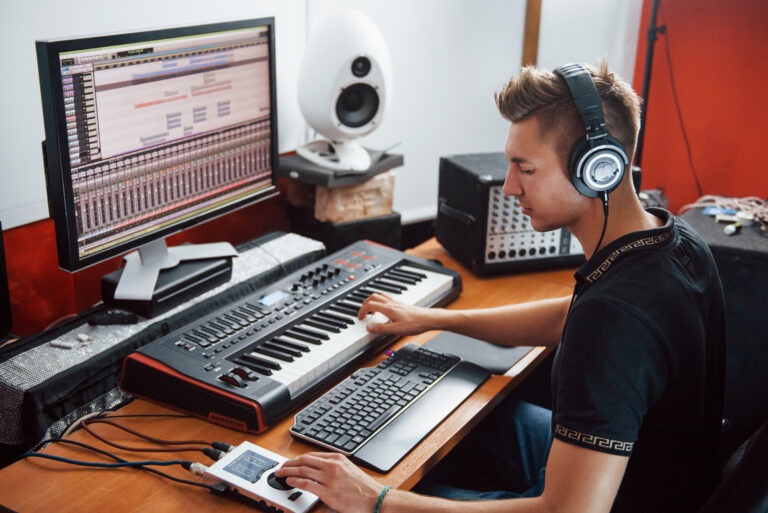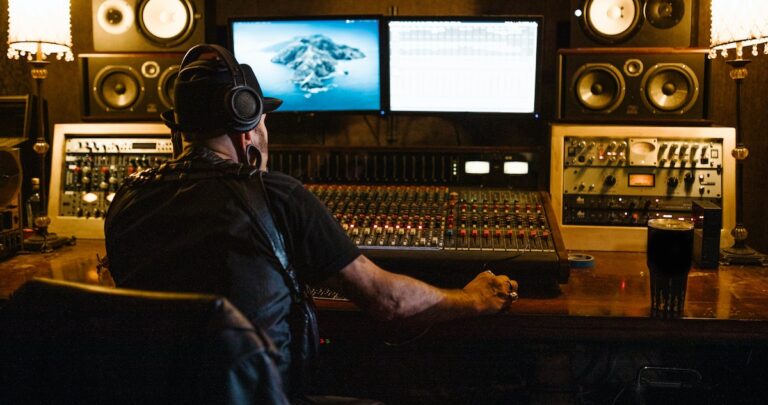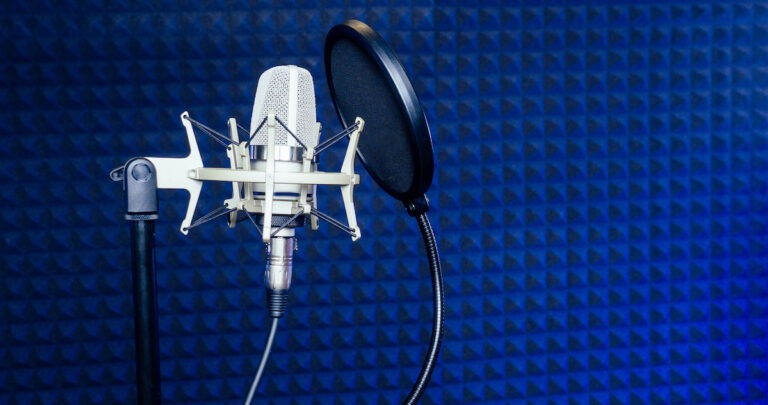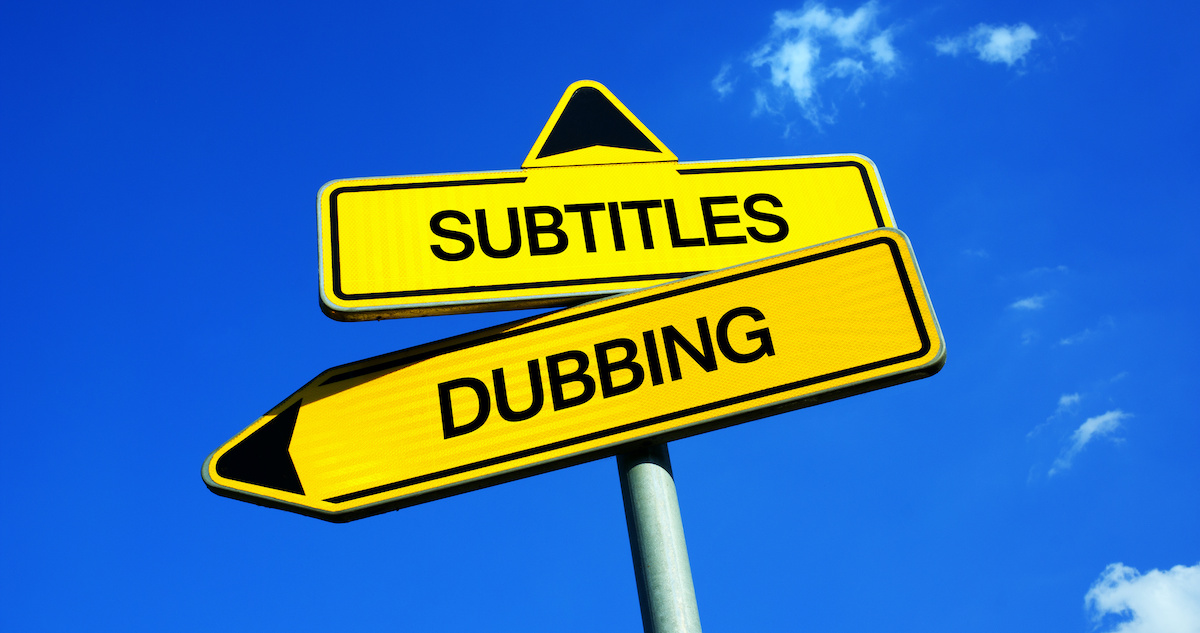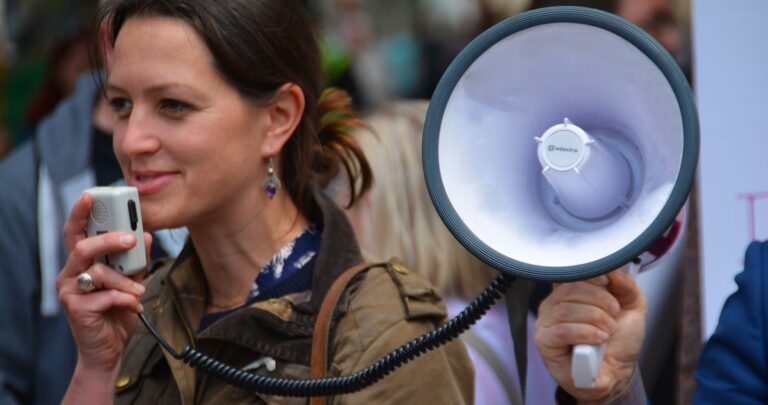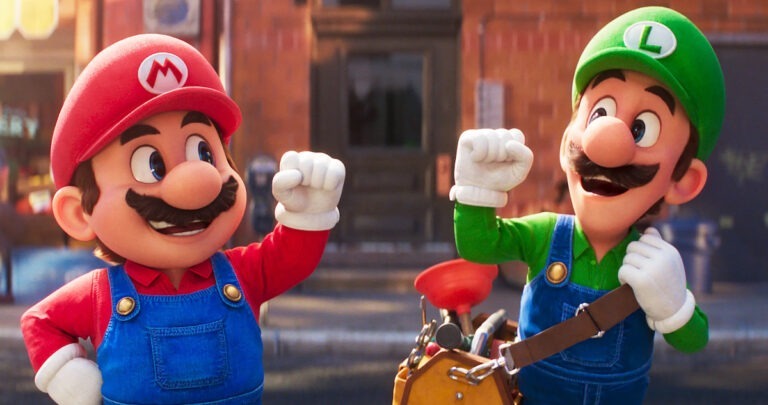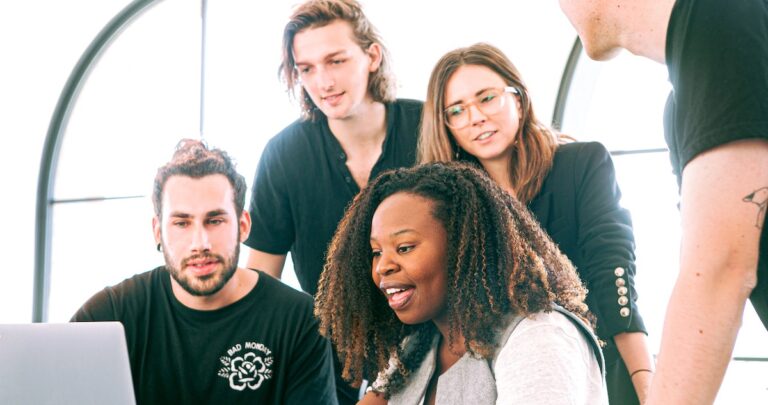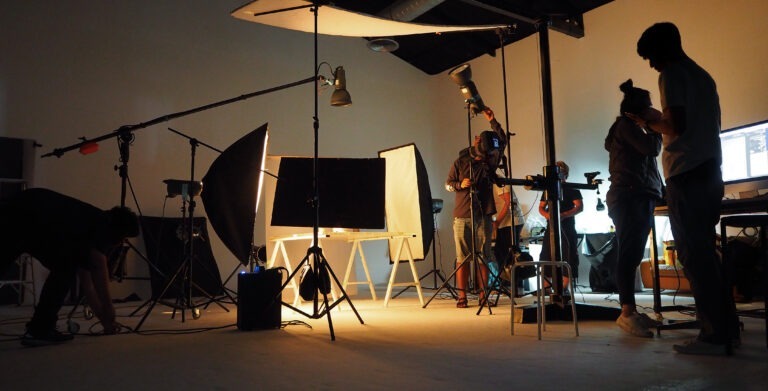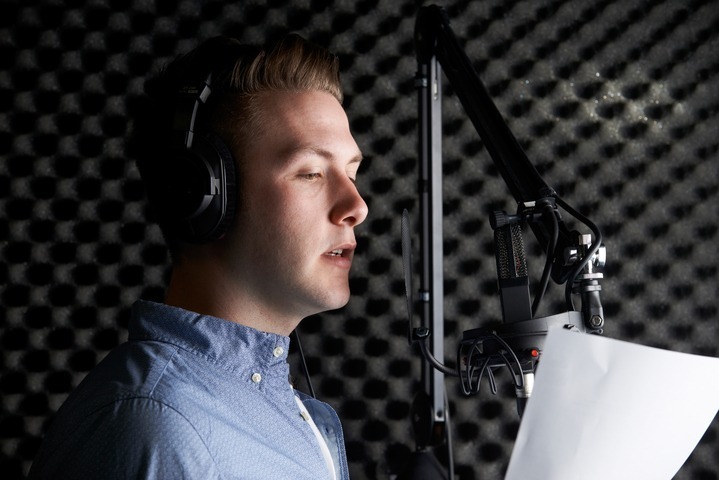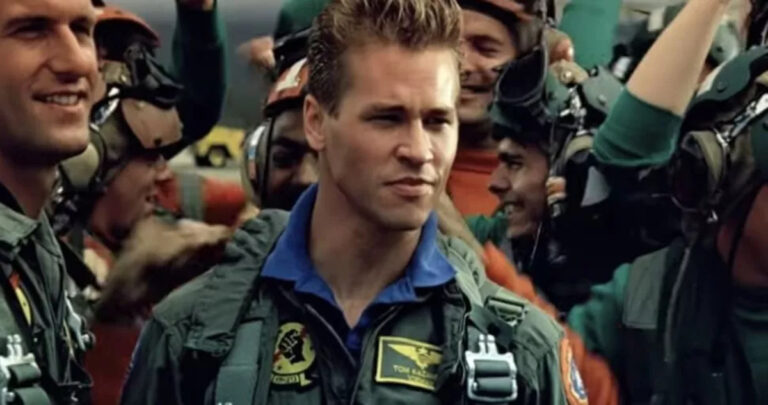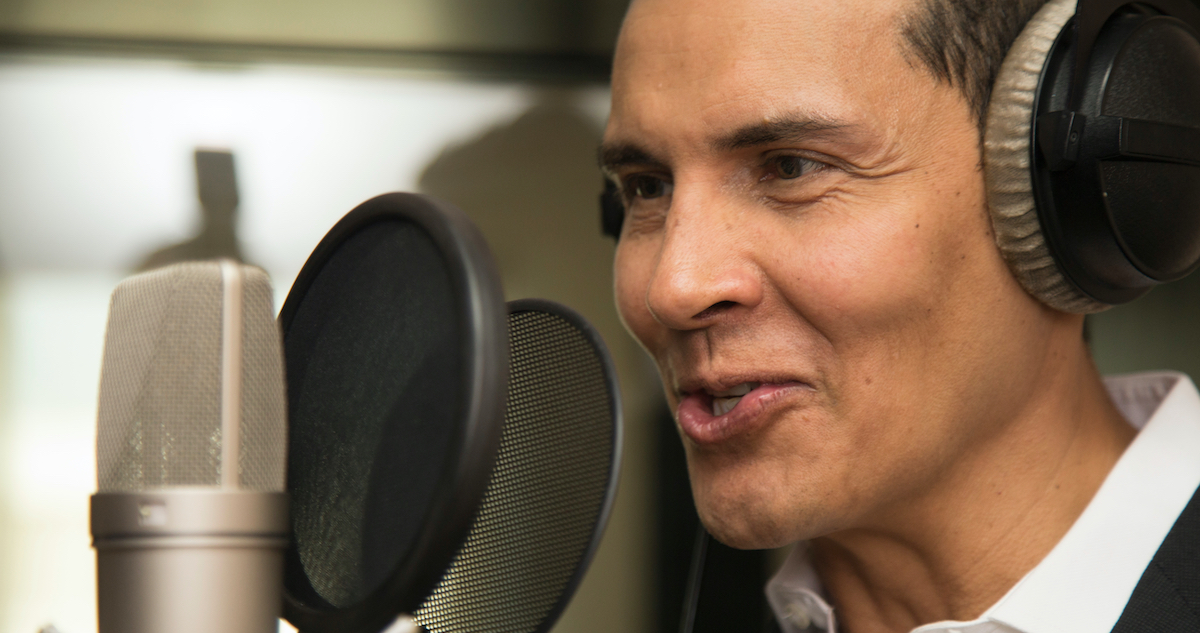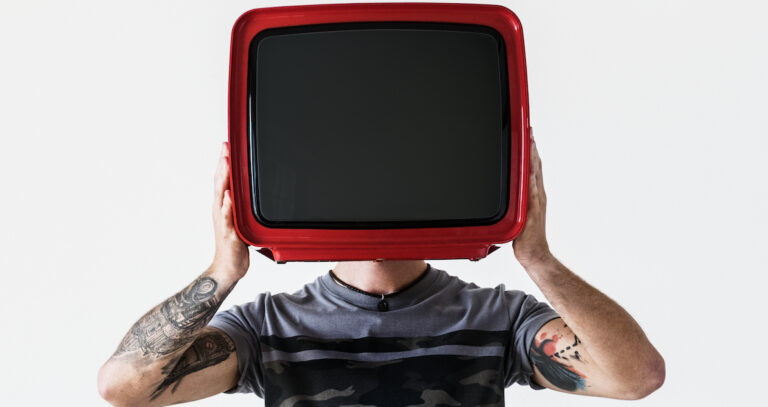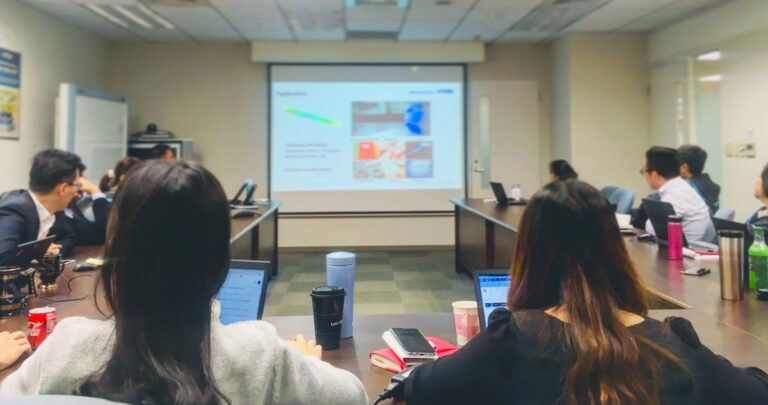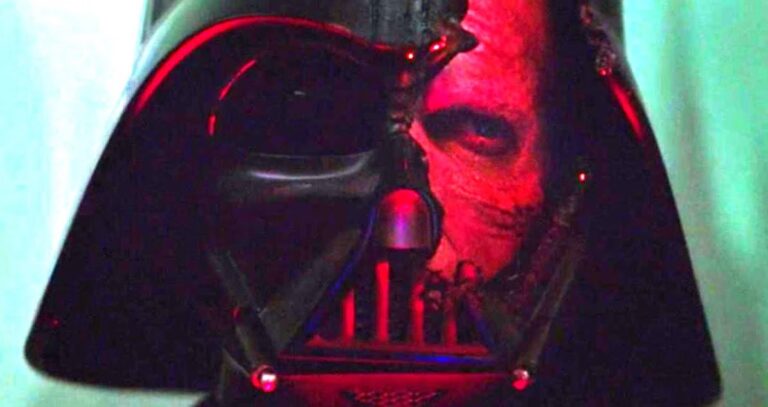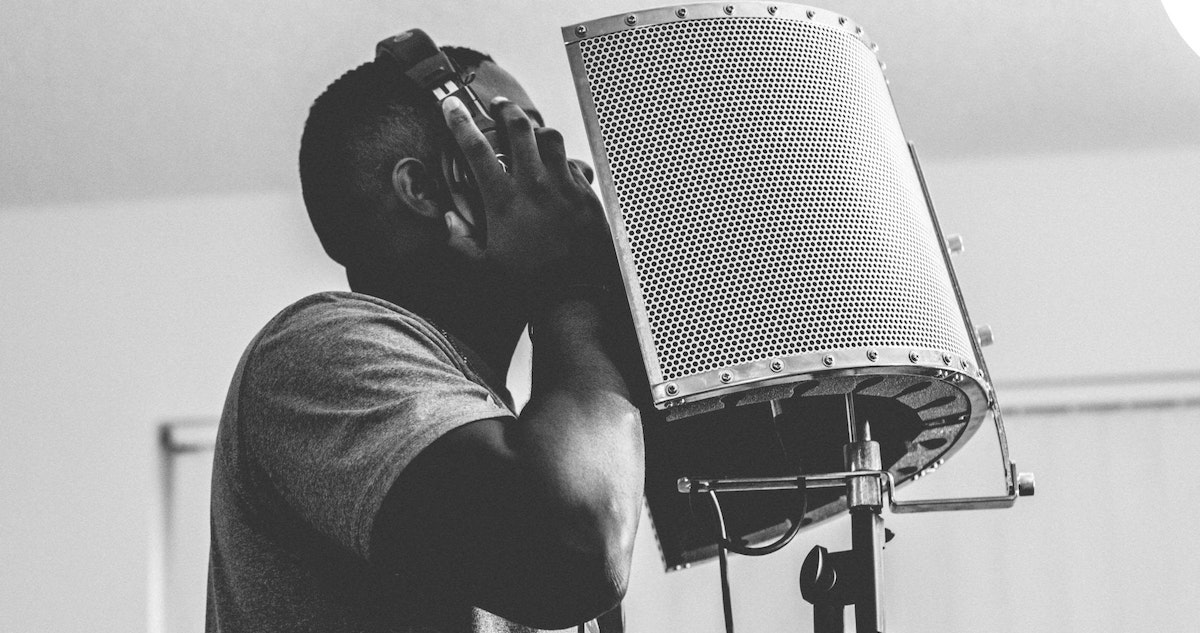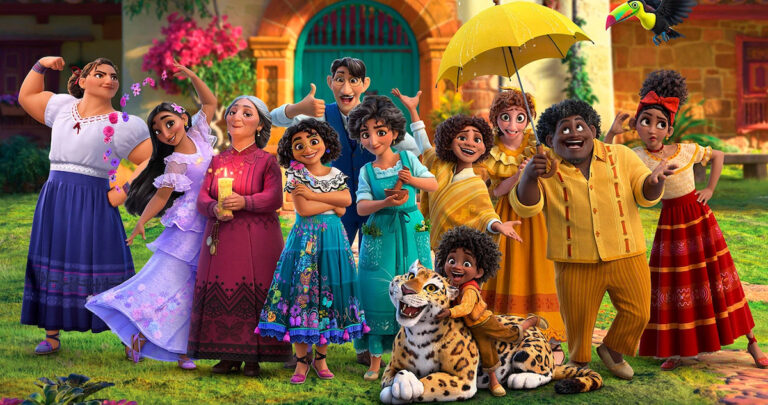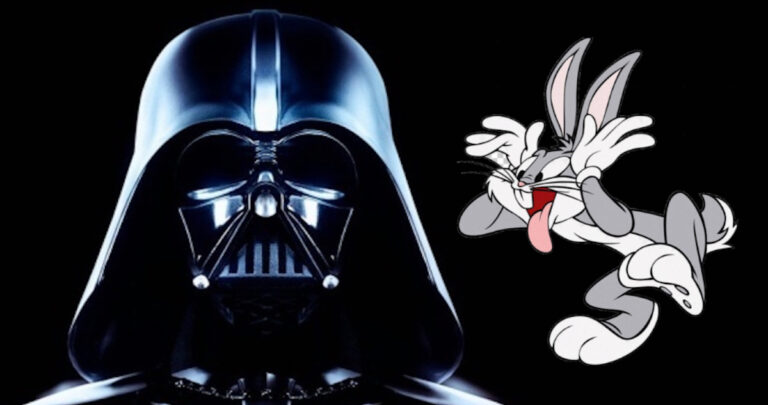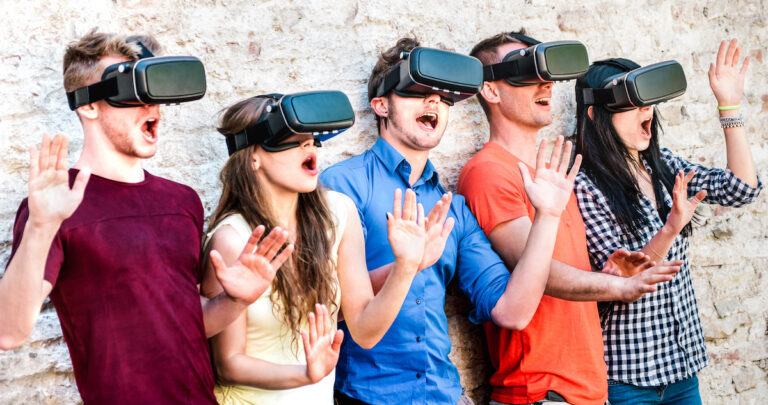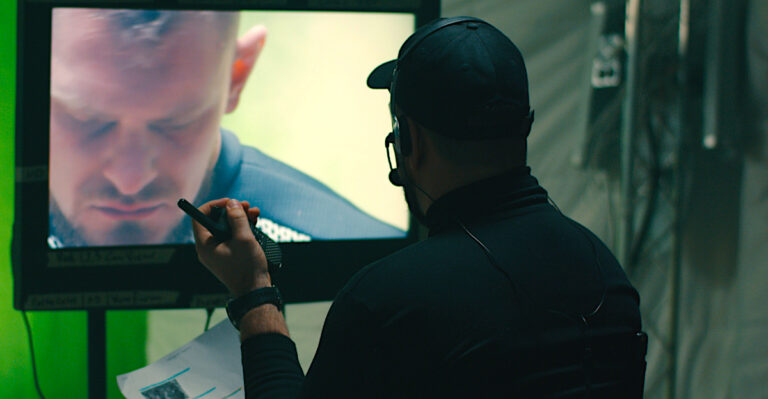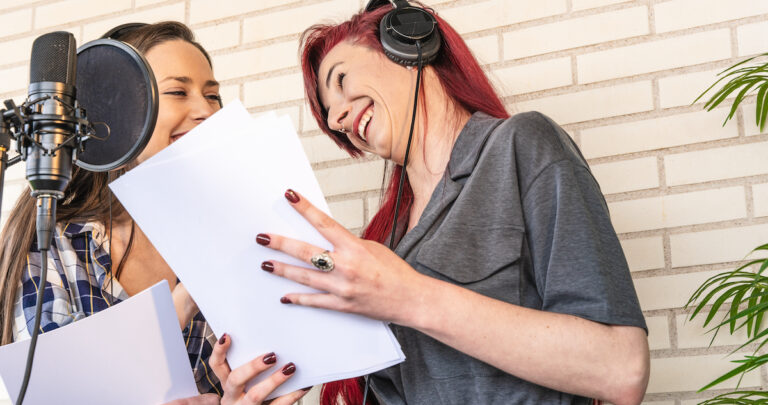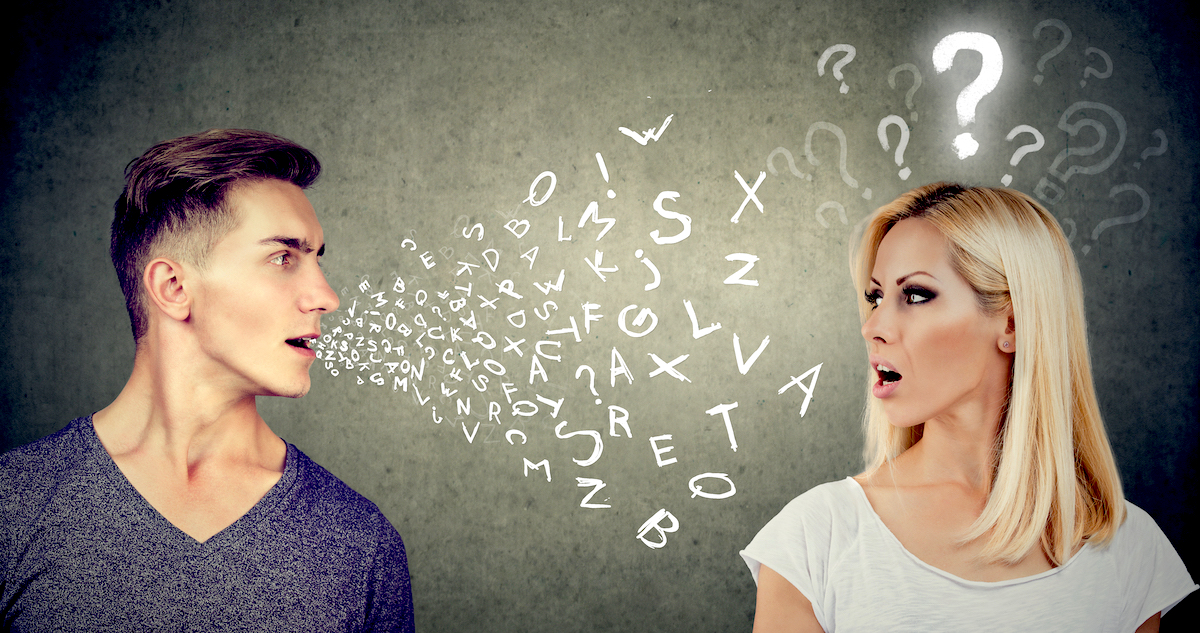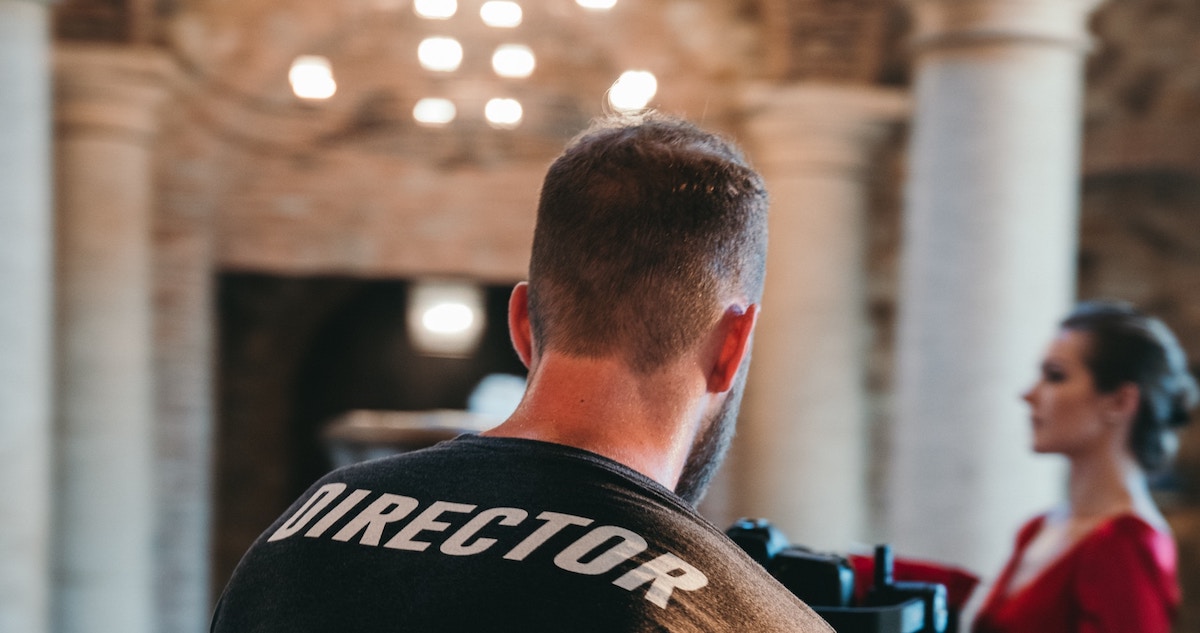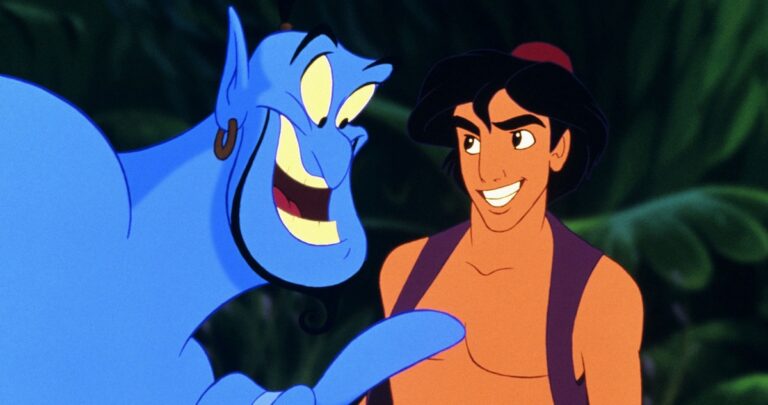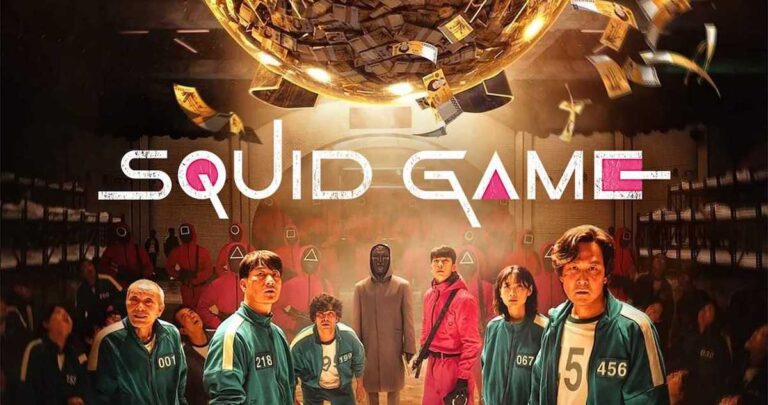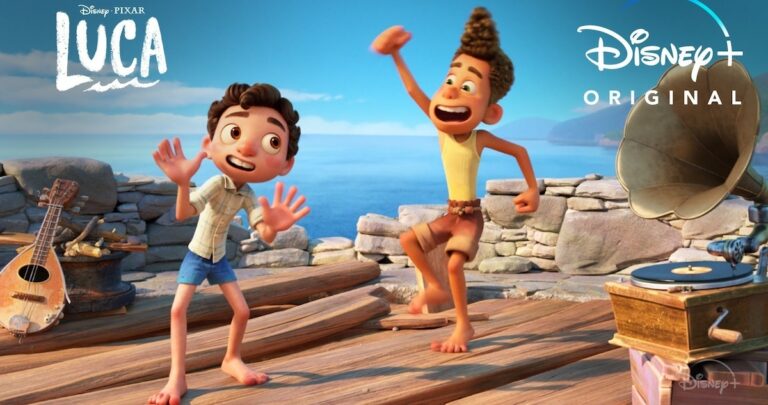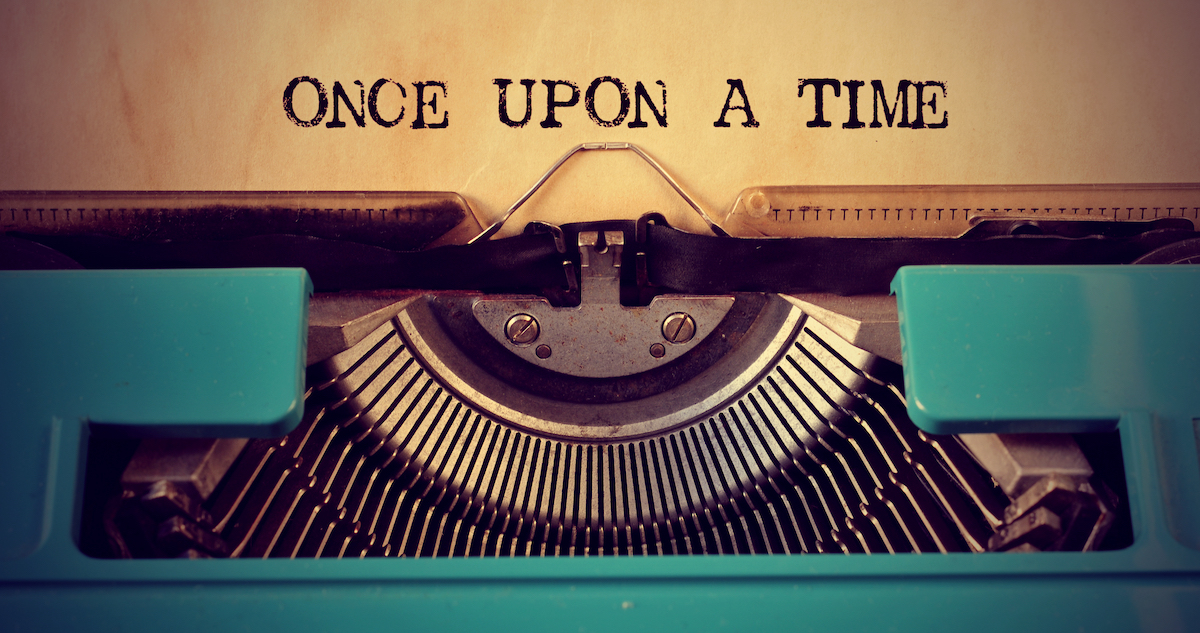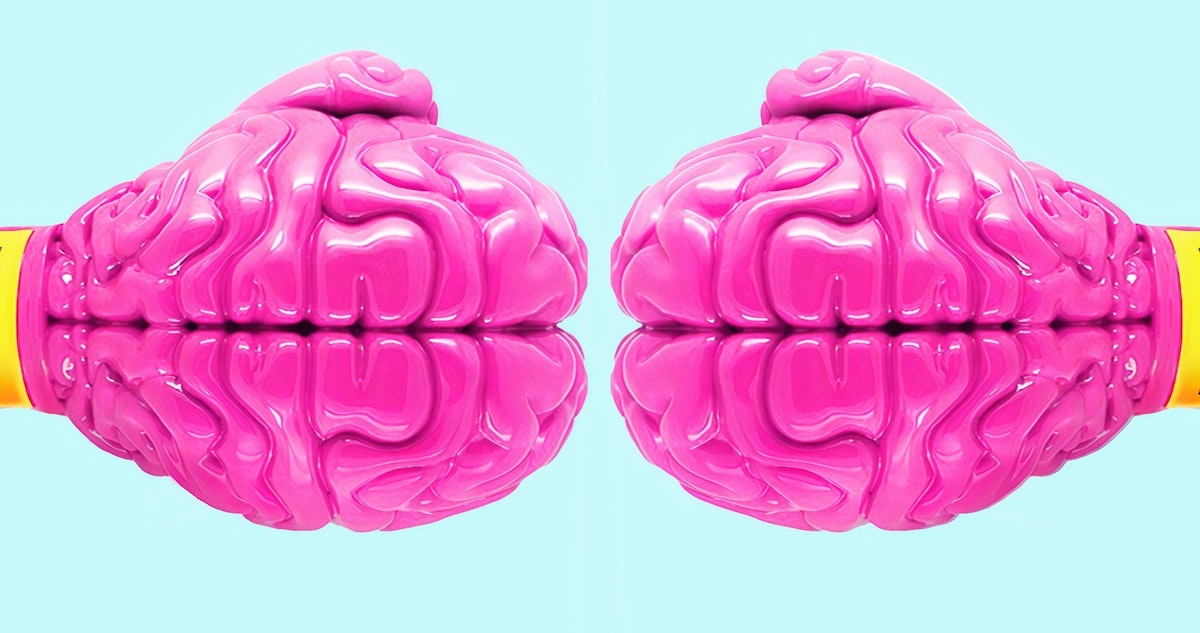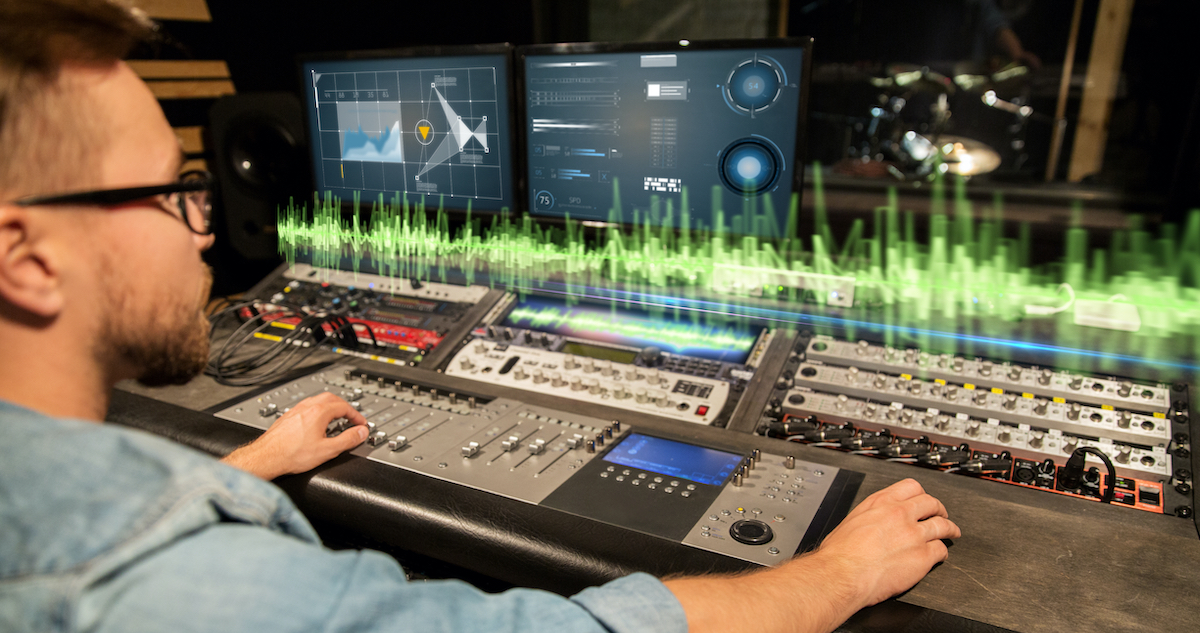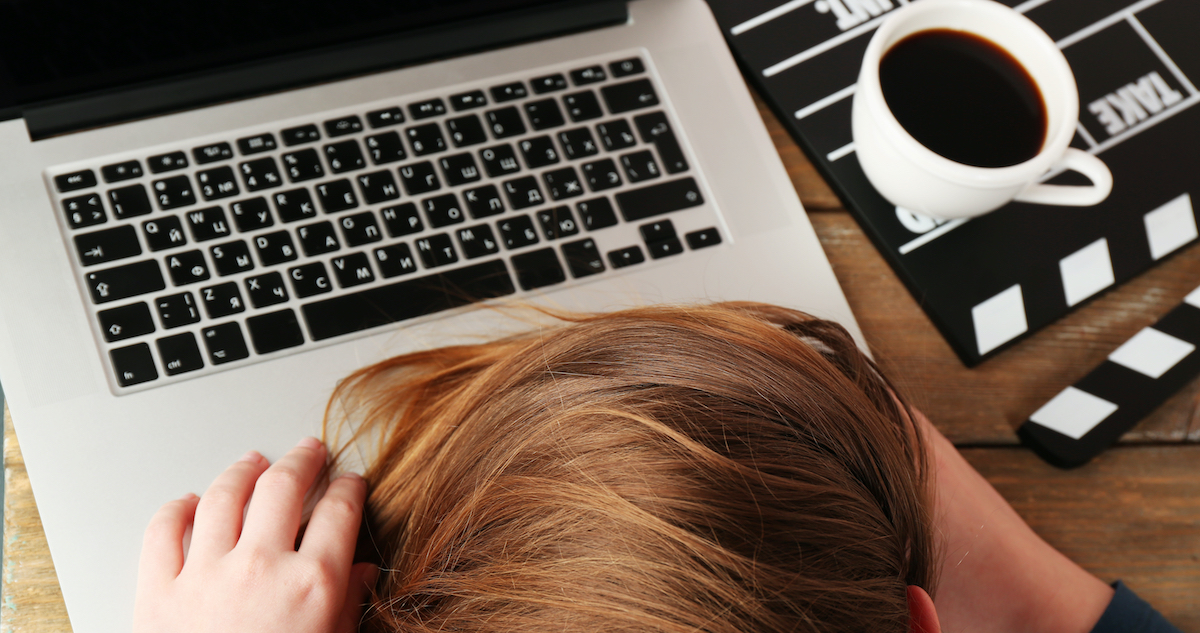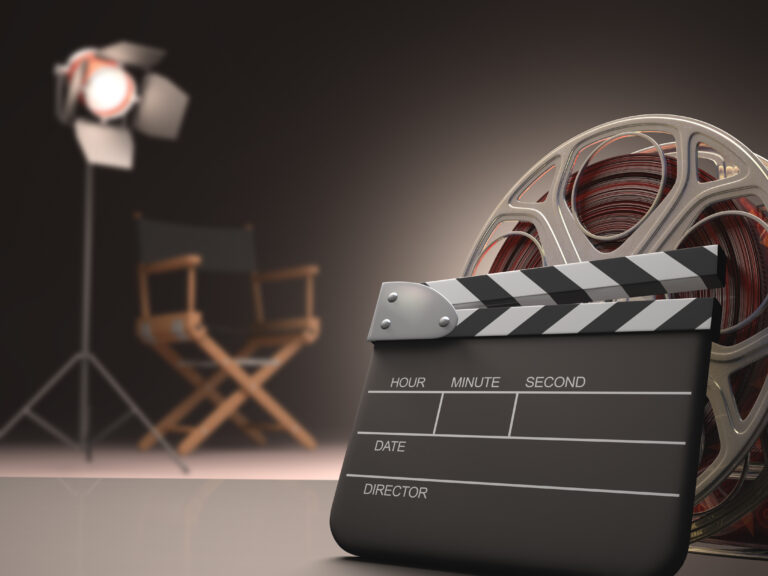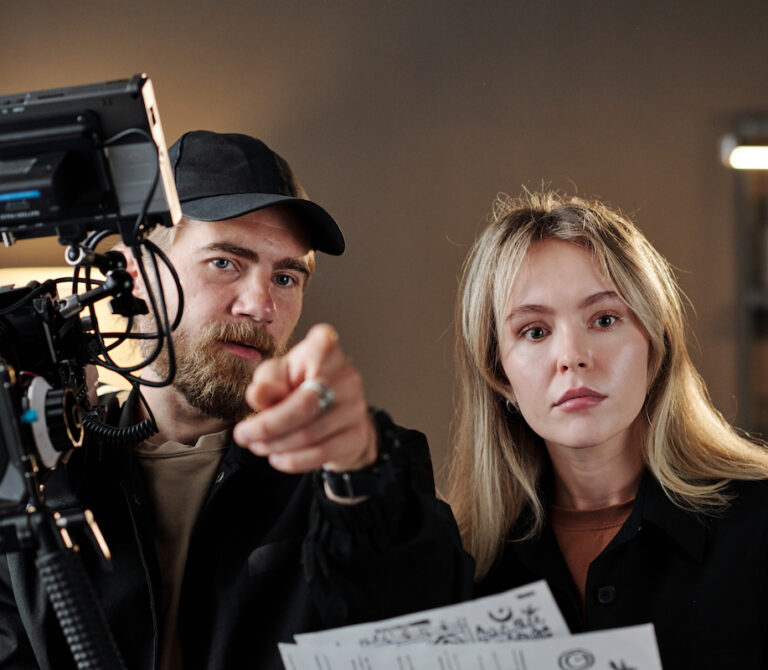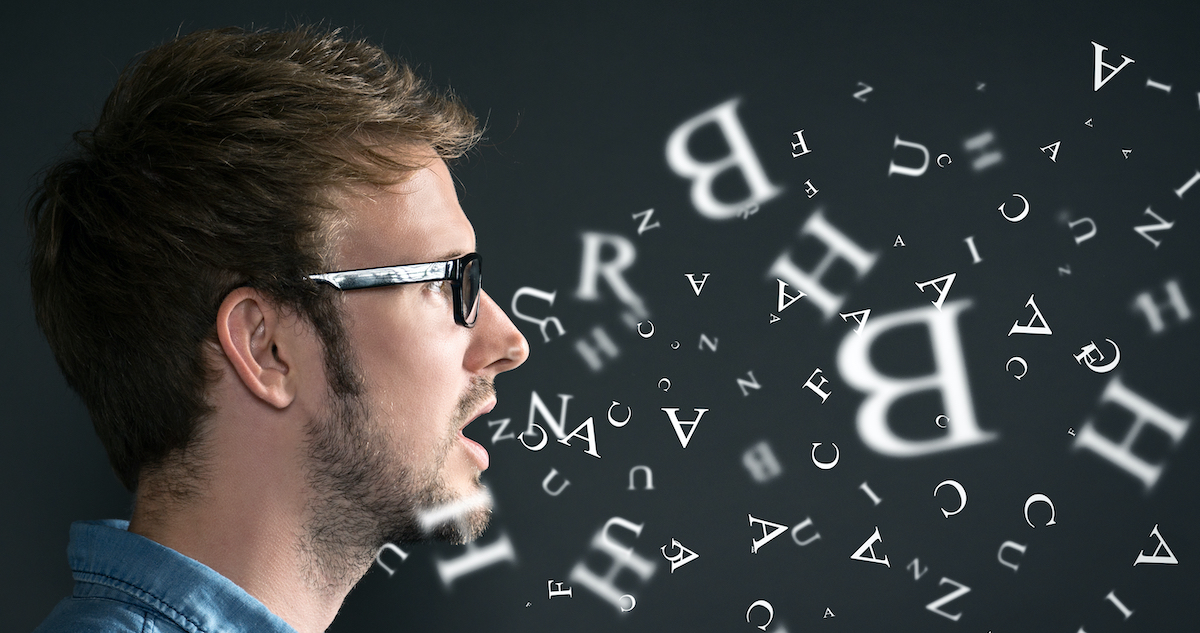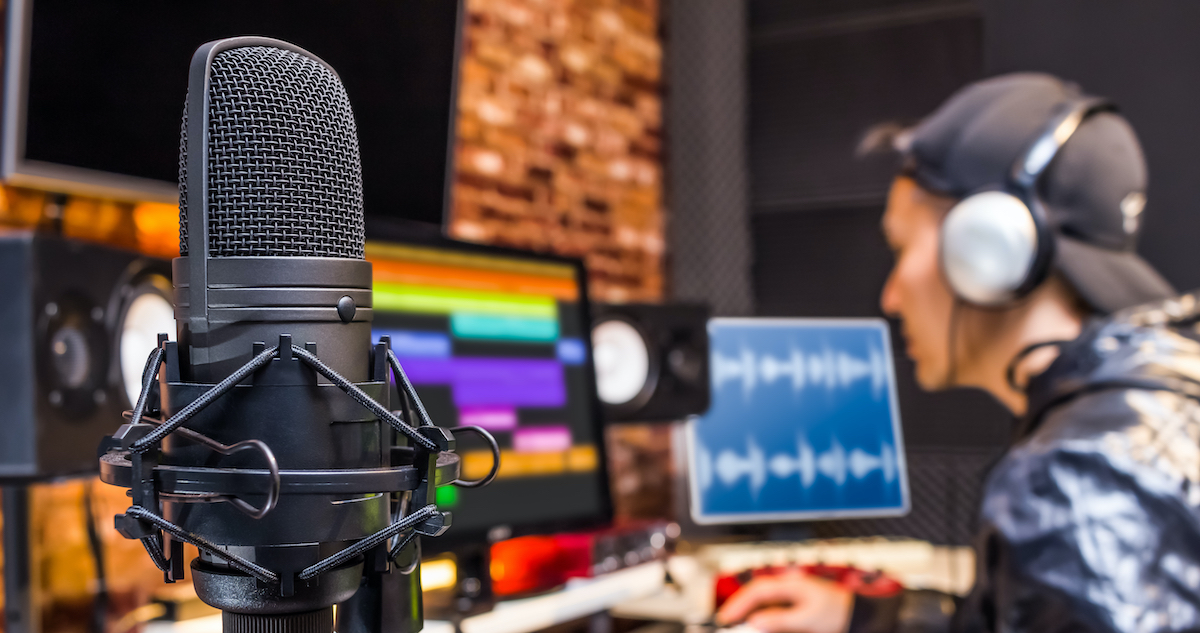Hmm… what does an editor do? Well, have you ever read a book or watched a film and thought, “That story flowed really well?” That’s because an editor polished the content before you read, watched, or heard it. Yet editors do more than just catch typos and grammar blunders. They combine separate pieces of content into one cohesive, engaging narrative. Editors are experts who bring quality audio and visual masterpieces to global audiences.
At Voice123, we know just how valuable editors are in all types of productions. So in this post, we’ll look at what is an editor, what does an editor do for a book, what does an editor do in film, and what does an editor-in-chief do.
Get out your red pen because it’s time to dot your i’s and cross your t’s in the film editing world.
What is an editor?

An editor is a post-production professional who refines and polishes written and visual content in publishing, journalism, academia, and multimedia projects to enhance their power and appeal. They review and revise grammar, spelling, and punctuation errors to improve story flow, clarity, and readability. In manuscripts, editors refine sentence structures, iron out inconsistencies, and enhance plot themes. When editing audio/visual productions, editors must complete a jigsaw puzzle by sifting through reels of footage to ensure that each clip, frame, and soundbite is unique and fits into its own place.
Take, for example, the Doritos Super Bowl ad – the most-watched ad of all time. It featured two men attacked in a gym for stealing someone else’s Doritos. But with an estimated 116.2 million viewers, the editing in this ad had an excellent flow that boosted its brand’s image and values. But how was this accomplished? Let’s take a closer look at what editors really do.
What does an editor do?
An editor makes all the refinements needed to create seamless content while conveying the story’s message; as a result, they play a crucial role in producing high-quality content. Editors proofread text for errors, clarity, and flow. They also work closely with designers, writers, and creative directors to enhance the impact of the content and effectively communicate its intended message to audiences. To accomplish these tasks, editors focus on 10 key responsibilities:
- Content review and revision
- Fact-checking
- Style and consistency
- Feedback and collaboration
- Production guidelines
- Audience adaptation
- Structural organization
- Proofreading
- Adherence to brand guidelines
- Project management
Here’s more on each one!
1. Content review and revision
Editors check written or visual content for grammatical, spelling, and punctuation errors to maintain accuracy, clarity, and coherence. When editing a travel magazine article, an editor ensures that descriptions of destinations are accurate and mistake-free.
2. Fact-checking
Editors must verify their information for accuracy. So, they cross-reference sources to ensure the data is reliable and up-to-date. In a scientific research paper, they will fact-check all the statistics and references to confirm their material.
3. Style and consistency
Editors maintain a consistent style and tone throughout the content, applying and adhering to established style guides like the AP or the Chicago Manual. With educational videos for an online course, they ensure a consistent tone and style.
4. Feedback and collaboration
They offer constructive feedback to writers or content creators, collaborating with authors to enhance their writing while preserving their voices. For a novel manuscript, they can suggest specific revisions to enhance character development.
5. Production guidelines
To meet publication or platform standards, editors adhere to specific production guidelines, like word count or formatting requirements. They format blog posts according to SEO guidelines, inserting appropriate headings and subheadings.
6. Audience adaptation
Editors adjust language and complexity to match the audience’s background. They can adapt a medical research article for general audiences by simplifying technical jargon.
7. Structural organization
Editors organize content logically to enhance readability and flow. They also rearrange paragraphs or sections for a more coherent narrative. They might reorder the chapters in a non-fiction book to create a better progression of ideas.
8. Proofreading
Editors continuously proofread content to catch lingering errors and typos and ensure proper formatting. Editors can proofread a magazine layout to detect design inconsistencies or typographical mistakes.
9. Adherence to brand guidelines
Editors ensure the content aligns with the brand’s voice, values, and guidelines. They can edit social media posts to reflect a brand’s specific tone and messaging.
10. Project management
Editors coordinate with team members like designers, illustrators, and even cast members like voice actors. When producing an infographic, editors will collaborate with graphic designers to incorporate the images.
What does an editor do in film?
An editor in film analyzes the raw footage, carefully selects the best takes, and pieces them together in a logical sequence, which often requires trimming unnecessary content per timing restrictions and/or overseeing the film’s pacing and rhythm. Their decisions about which shots to use and which ones to cut out of production affect the final tone, mood, and impact. For example, the film The French Connection is widely praised for its explosive car chase scene, and the film editor Gerald B. Greenberg used a unique cutting style to create suspense and action.
Let’s look at 6 key responsibilities of a film editor in film production.
1. Adjusting storytelling techniques
A film editor considers the best techniques to enhance the characters’ arcs, narrative structure, and thematic elements.
2. Selecting shots
Film editing involves evaluating each take’s performance, camera angles, and technical quality to choose the best shots that align with the director’s vision.
3. Creating flow and pacing
Editors control rhythm and pacing by determining the length of shots and the transitions between them.
4. Seamless transitions
A film editor crafts smooth transitions between shots, scenes, and timelines to enhance a film’s visual coherence.
5. Sound design integration
Editors work with sound designers to synchronize a film’s sound effects, music, and dialogue.
6. Collaborating with directors
Editors work with directors to bring their vision to life. A director could suggest using a different take for an emotional moment.
What does an editor-in-chief do

An editor-in-chief leads an editorial team by overseeing content analysis, identifying interests and trends, and delegating assignments to writers, illustrators, and designers to maintain a publication’s overall vision, tone, and style. Editors proofread and edit all submitted content for quality, accuracy, and grammar flow. Then, they finalize content decisions and changes and create an editorial calendar outlining publication. To ensure that contributors meet deadlines, editors also assess content strategies to identify areas for improvement.
What does an editor do for a book?
An editor for a book makes all the refinements to the story’s plot, character development, tone, and style. After they assess a book’s strengths, weaknesses, and structure, they offer feedback to improve the pacing and plot. Then, they edit sentences and paragraphs for style and flow and check grammar, spelling, and punctuation. Editors also verify facts like dates and names and apply consistent formatting to the book. They conduct a final review for errors to ensure that character traits and settings are consistent. Once they ensure that the book provides clear, logical text that readers can follow, they approve publication.
Final thoughts on what does an editor do
So, folks, creating brilliant content takes considerable skill, experience, and originality. Editors review and revise content, fact-check, maintain style and consistency, offer feedback and collaboration, work within production guidelines, consider audience adaptation and structural organization, proofread, stick to brand guidelines, and manage projects. And when you’re ready, why not leave your next project in the hands of our Managed Services team? Our professional will manage all of your voice over expectations, from casting to directing and delivery. The talented pros on Voice123 will never let you down.
So, now’s the time to create a masterpiece – one edit at a time!
(This article is one of a six-part series; the other articles cover: What does a producer, a director, a casting agent, a scriptwriter, and a sound engineer do? Don’t forget to have a look at them as well!)
FAQs on what does an editor do
An editor ensures that a piece of content is coherent, engaging, and free of errors, and they review and revise text for clarity, grammar, punctuation, syntax, and factual accuracy.
An editor in film works closely with the director to assemble shots into a coherent narrative, deciding the sequence of scenes, controlling the pacing, and sometimes even choosing the sound effects and music.
The different types of editors are developmental editors, content editors, copy editors, and proofreaders, and each has a unique role in the writing and publishing process.


